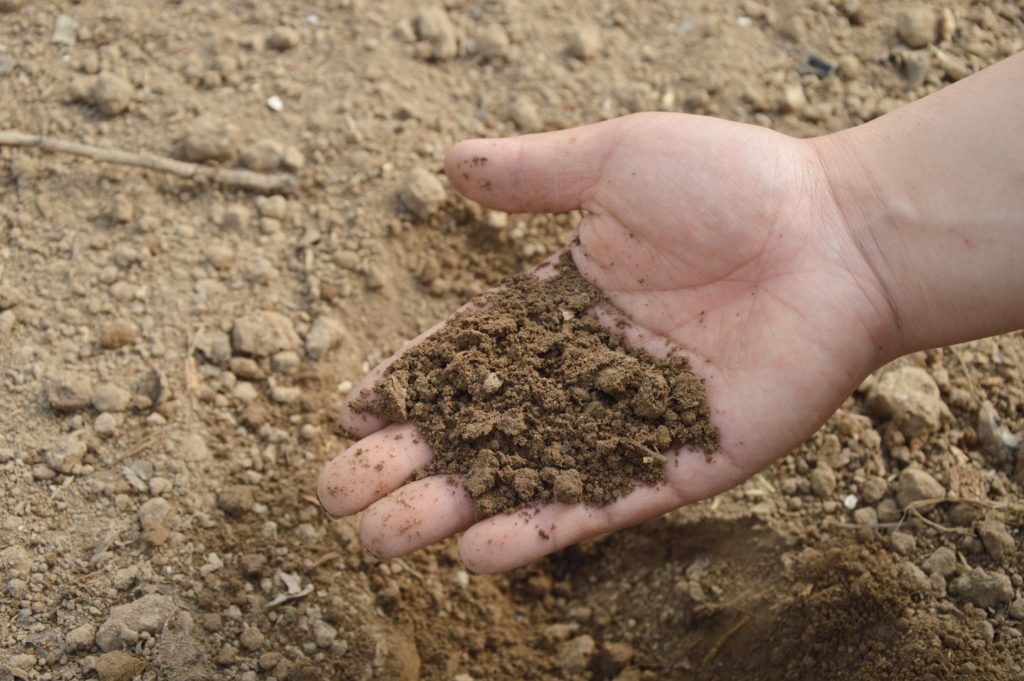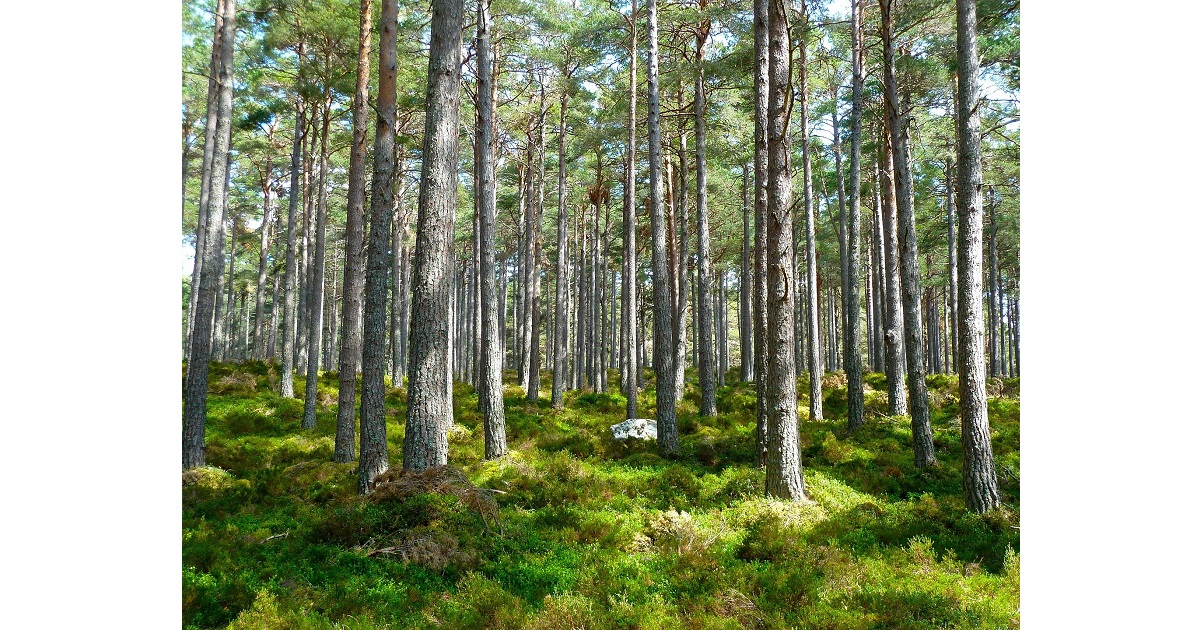Planting native trees en masse can help prevent flooding by enhancing soil’s ability to absorb rainwater and provide a multitude of additional benefits, such as new wildlife habitats, greater carbon sequestration, and higher property values. For these reasons and more, seeding new forests and woodlands is a staple of green infrastructure approaches around the world.
In the U.K., for example, representatives from both major parties during the 2019 general elections made commitments to plant as many as 60 million new trees per year by 2025. The strategy, which is in line with recommendations from the independent U.K. Climate Change Committee, would bolster the island nation’s resilience against increasingly severe storms while improving protections for its inland drinking water sources.
However, to maximize the benefits of new woodlands, new research from the University of Plymouth (England) describes the importance of proper placement. A September study that appeared in the journal Land Degradation & Development demonstrates that the higher-elevation areas in the U.K. that were historically home to farms and pastures make the best candidates for new woodlands. Even before new trees reach full maturity, the team’s results show that planting trees can rehabilitate low-quality soil and transform the nation’s most flood-prone areas into stormwater management hotspots.
“There are a lot of vulnerable upland catchment areas across the U.K. where long-term grazing has led to soils becoming damaged,” said Paul Lunt, Plymouth environmental scientist and the study’s senior author. “However, by working with farmers and the government’s farm woodland grant scheme to exclude livestock on the steeper slopes and replace them with trees, this study has shown that soil damaged by compaction can recover rapidly.”
From Pastures to Planting Grounds
Dartmoor National Park (DNP) in southwest England contains the largest upland area in the U.K., featuring more than 900 km2 (350 mi2) of land at least 250 m (820 ft) above mean sea level. Much of that area was once covered by pastures, and as a result, only 12% of the park features woodland coverage. With its unusual landscape and long history of severe stormwater flooding, the Plymouth researchers write that DNP represented a perfect site to experiment with woodland placement to maximize their benefits.
The research team identified three tracts within DNP where sheep, cattle, and deer once grazed. In each tract, new native broadleaf trees had been planted within the last 15 years. A fourth tract, which served as a control for the experiments, was home to an abandoned pasture and contained only sparse tree coverage.
Researchers turned their attention to the soils beneath these tracts, spending five weeks in 2018 drawing soil cores, analyzing their hydraulic conductivity, and comparing soil quality between the new woodlands and adjacent pasture sites. The team sought to find out whether relatively new trees that had not yet reached full maturity would affect the underlying soil’s ability to improve stormwater retention.
Reliable Soil Rehabilitation
According to the team’s results, surface soils beneath new woodlands absorbed water about twice as efficiently as soil in adjacent, unplanted tracts. As trees grow, they create new cavities in soil while chipping away at areas of compaction, dramatically slowing the speed at which rainwater leaches out of the soil during storms. The study also notes that soils demonstrated greater resilience in areas where organic contents in the soil — such as those deposited by grazing animals — were higher before new trees took root. For that reason, upland areas formerly used for cattle make ideal locations for new woodlands, the researchers write.

When investing in flood-prevention measures, infrastructure managers often prioritize interventions that can become operational quickly and remain durable over many years. As many tree species may take more than a century to reach full maturity, their usefulness for stormwater management can sometimes be overlooked. However, the researchers’ results demonstrate that the benefits of new trees become apparent far sooner.
“People perhaps think that trees need to be mature in order for them to have beneficial environmental effects,” said lead author Thomas Murphy, University of Plymouth Ph.D. candidate, in a statement. “But across our four test sites, we showed they can make significant improvements to soil properties within just 15 years of establishment, meaning [new woodlands] can be a viable option for flood prevention in a relatively modest timeframe.”
Read the full, open-access study, titled “Native woodland establishment improves soil hydrological functioning in UK upland pastoral catchments,” in the journal Land Degradation & Development.







